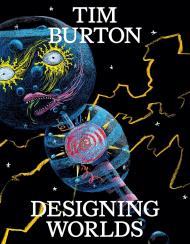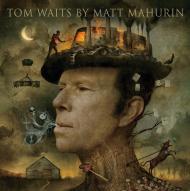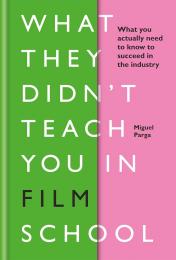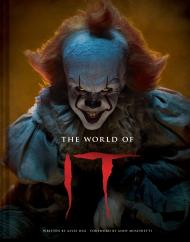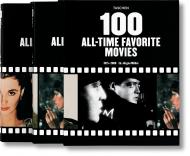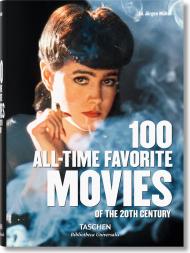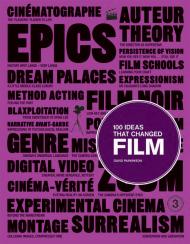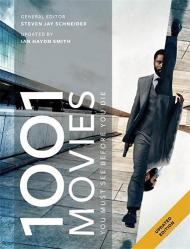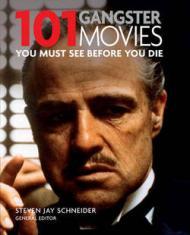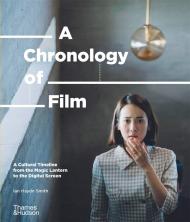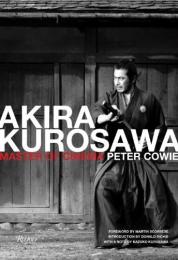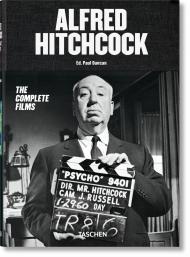Favorite Flicks. An inspiring selection of must-see masterpieces
This collection profiles 100 of the finest films in cinema history. Traversing every genre, the book presents classic, cult, famous, and lesser-known films. Each masterpiece is introduced with essential information, film stills, and original posters. From Metropolis to Annie Hall, celebrate the art of the silver screen and find abundant inspiration for those movie nights in.
They say that in life, there are winners and there are losers. Though the movies we selected for this two-volume collection are winners indeed, those that didn’t make the cut aren’t losers. We just didn’t like them quite as much. It was a tough, soul-searching process, but after much debate and deliberation, TASCHEN settled on what we believe to be the 100 finest examples of 20th-century filmmaking.
From horror to romance, noir to slapstick, adventure to tragedy, epic to musical, western to new wave, all genres are represented in this wide-ranging and devilishly fun compendium. Metropolis? Check. Modern Times? Yep. Citizen Kane, The Seven Samurai? Of course. La dolce vita, Psycho, A Clockwork Orange? You bet. Plus The Godfather, Annie Hall, Blue Velvet, Pulp Fiction... and so many more cinematic gems including lesser-known masterpieces like Buñuel’s The Young and the Damned. Think of this collection as a celebration of contrasts, an homage to the seventh art, a gathering of greats, and a nostalgic romp through celluloid history.
Chronological entries each include a synopsis, cast/crew listings, technical information, actor/director bios, trivia, and lists of awards, as well as film stills, production photos, and the original poster for each film. The chapter for each decade begins with an introduction exploring the historical and social context of films made in that era.
_________________
Книга 100 All Time Favorite Movies – это коллекция из двух томов, посвященная кинематографу 20-го века. Как говорится, в жизни есть победители и проигравшие. Это потрясающее собрание - настоящий победитель среди изданий о искусстве кино.
После долгих размышлений и споров, всемирно известное издательство Taschen остановилось на 100 лучших жанров и фильмов прошлого века. Среди них: ужасы и романтика, нуар и фарс, приключения и трагедии. Эпические, западные, восточные, мюзиклы и много других. Все жанры представлены в необыкновенно увлекательном сборнике 100 All Time Favorite Movies.
Вы окунетесь в таинство создания кинофильмов, которые стали легендарными. Metropolis? Конечно! Современное время? Да! Гражданин Кейн, Семь Самураев? Обязательно! La Dolce Vita, Психо, а Заводной апельсин? О, да! Крестный отец, Энни Холл, Синий Бархат, Криминальное чтиво ... и много других кинематографических жемчужин, которые стали шедеврами. И полюбились не одному поколению поклонников хорошего кино. Описаны также и менее известные картины, такие как, например, «Молодой и Бунюэль».
Книга 100 All Time Favorite Movies включает в себя краткий обзор каждого фильма, список актеров, имя маэстро – режиссёра и технические моменты. Перечислены списки наград, биографические исторические факты. Собрание наполнено большим количеством оригинальных постеров, фотографий и кадров из кинолент. В каждой главе представлены рассуждения на тему исторического и социального контекста фильмов, снятых в ту эпоху.
